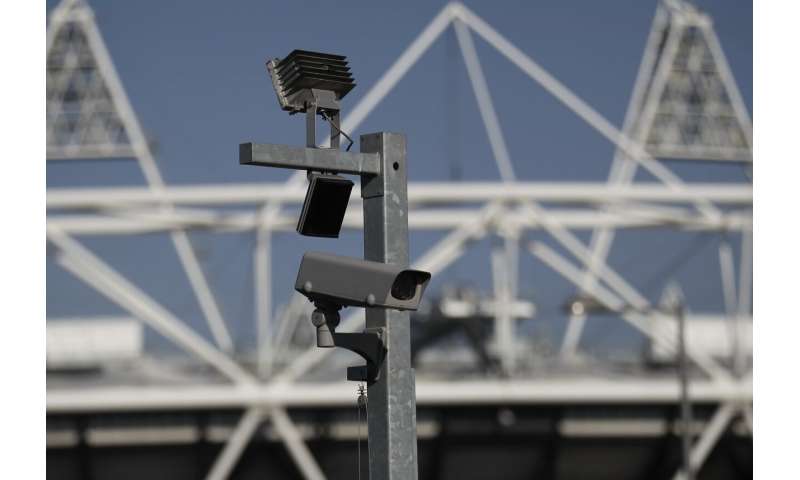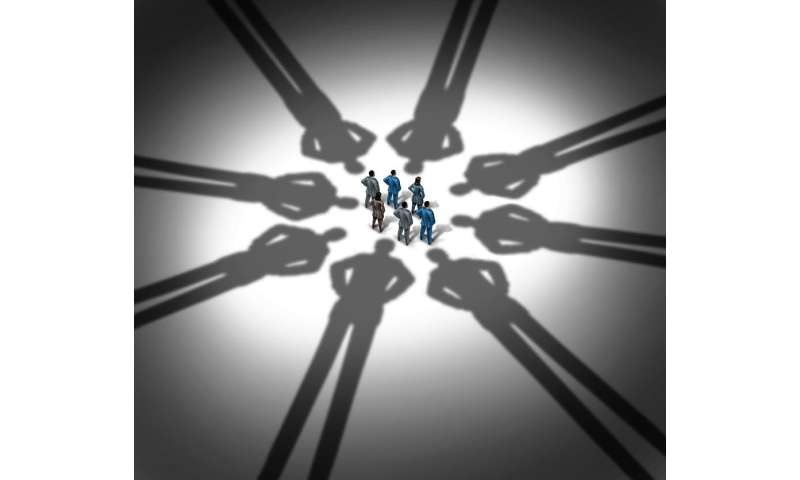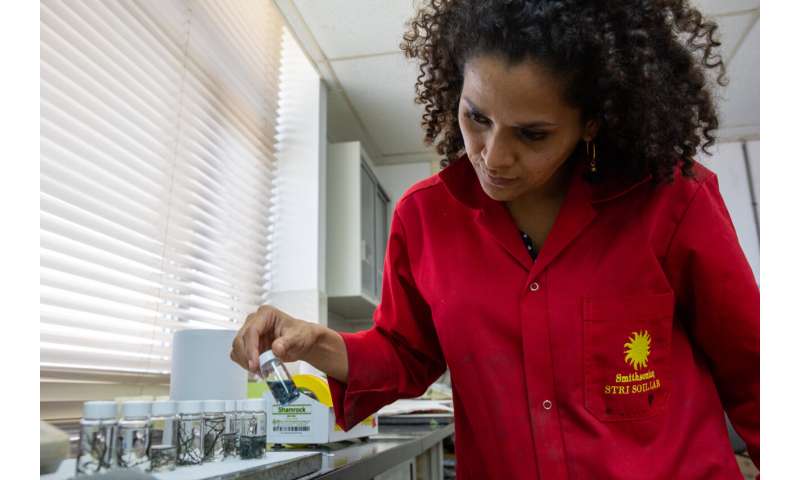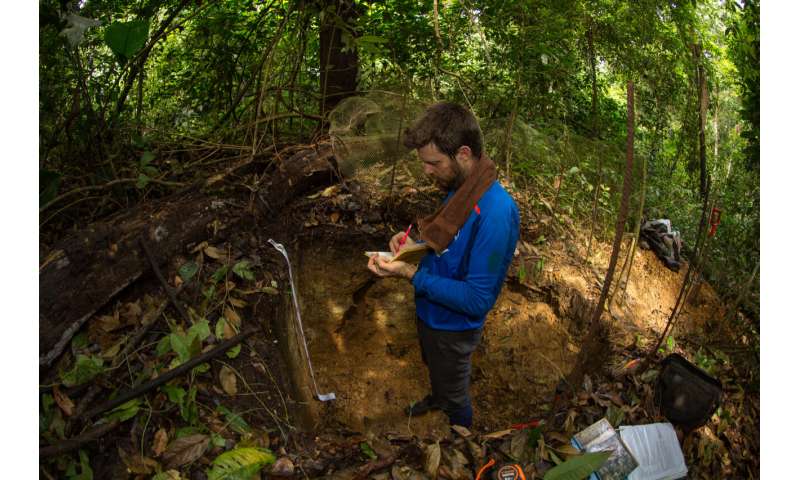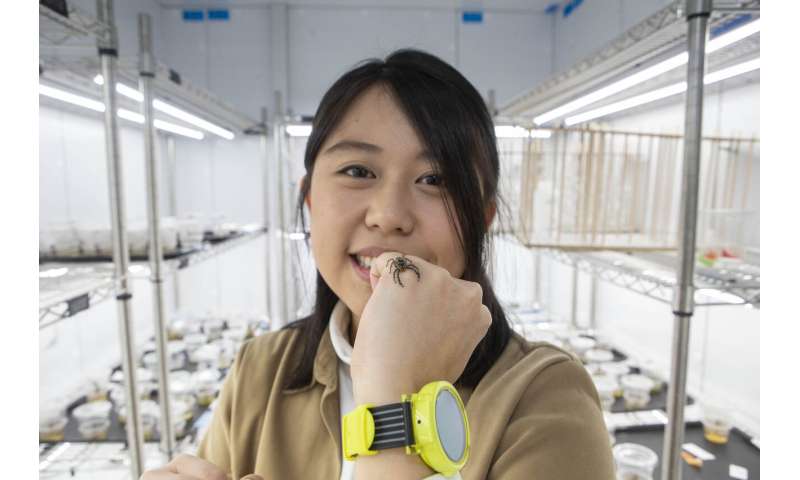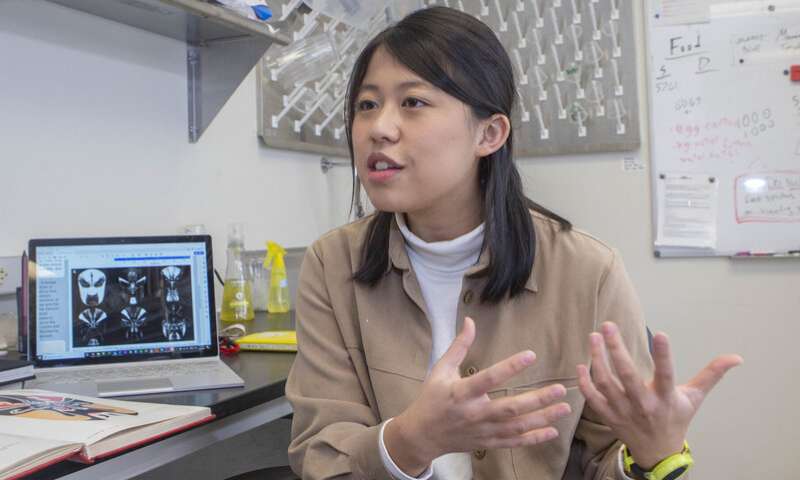Commercial air travel is safer than ever, study finds
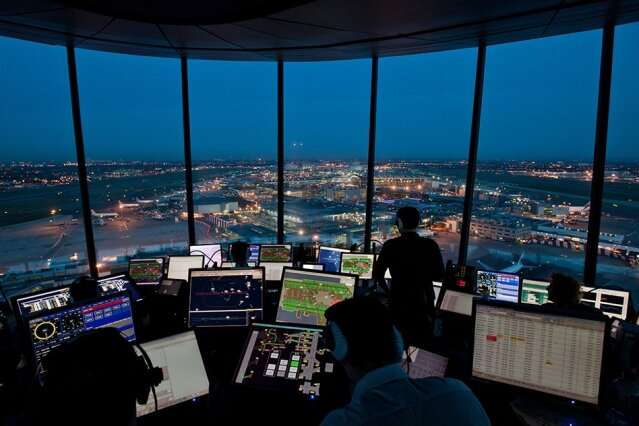
It has never been safer to fly on commercial airlines, according to a new study by an MIT professor that tracks the continued decrease in passenger fatalities around the globe.
The study finds that between 2008 and 2017, airline passenger fatalities fell significantly compared to the previous decade, as measured per individual passenger boardings—essentially the aggregate number of passengers. Globally, that rate is now one death per 7.9 million passenger boardings, compared to one death per 2.7 million boardings during the period 1998-2007, and one death per 1.3 million boardings during 1988-1997.
The study finds that between 2008 and 2017, airline passenger fatalities fell significantly compared to the previous decade, as measured per individual passenger boardings—essentially the aggregate number of passengers. Globally, that rate is now one death per 7.9 million passenger boardings, compared to one death per 2.7 million boardings during the period 1998-2007, and one death per 1.3 million boardings during 1988-1997.
Going back further, the commercial airline fatality risk was one death per 750,000 boardings during 1978-1987, and one death per 350,000 boardings during 1968-1977.
"The worldwide risk of being killed had been dropping by a factor of two every decade," says Arnold Barnett, an MIT scholar who has published a new paper summarizing the study's results. "Not only has that continued in the last decade, the [latest] improvement is closer to a factor of three. The pace of improvement has not slackened at all even as flying has gotten ever safer and further gains become harder to achieve. That is really quite impressive and is important for people to bear in mind."
The paper, "Aviation Safety: A Whole New World?" was published online this month in Transportation Science. Barnett is the sole author.
The new research also reveals that there is discernible regional variation in airline safety around the world. The study finds that the nations housing the lowest-risk airlines are the U.S., the members of the European Union, China, Japan, Canada, Australia, New Zealand, and Israel. The aggregate fatality risk among those nations was one death per 33.1 million passenger boardings during 2008-2017.
For airlines in a second set of countries, which Barnett terms the "advancing" set with an intermediate risk level, the rate is one death per 7.4 million boardings during 2008-2017. This group—comprising countries that are generally rapidly industrializing and have recently achieved high overall life expectancy and GDP per capita—includes many countries in Asia as well as some countries in South America and the Middle East.
For a third and higher-risk set of developing countries, including some in Asia, Africa, and Latin America, the death risk during 2008-2017 was one per 1.2 million passenger boardings—an improvement from one death per 400,000 passenger boardings during 1998-2007.
"The two most conspicuous changes compared to previous decades were sharp improvements in China and in Eastern Europe," says Barnett, who is the George Eastman Professor of Management at the MIT Sloan School of Management. In those places, he notes, had safety achievements in the last decade that were strong even within the lowest-risk group of countries.
Overall, Barnett suggests, the rate of fatalities has declined far faster than public fears about flying.
"Flying has gotten safer and safer," Barnett says. "It's a factor of 10 safer than it was 40 years ago, although I bet anxiety levels have not gone down that much. I think it's good to have the facts."
Barnett is a long-established expert in the field of aviation safety and risk, whose work has helped contextualize accident and safety statistics. Whatever the absolute numbers of air crashes and fatalities may be—and they fluctuate from year to year—Barnett has sought to measure those numbers against the growth of air travel.
To conduct the current study, Barnett used data from a number of sources, including the Flight Safety Foundation's Aviation Safety Network Accident Database. He mostly used data from the World Bank, based on information from the International Civil Aviation Organization, to measure the number of passengers carried, which is now roughly 4 billion per year.
In the paper, Barnett discusses the pros and cons of some alternative metrics that could be used to evaluate commercial air safety, including deaths per flight and deaths per passenger miles traveled. He prefers to use deaths per boarding because, as he writes in the paper, "it literally reflects the fraction of passengers who perished during air journeys."
The new paper also includes historical data showing that even in today's higher-risk areas for commercial aviation, the fatality rate is better, on aggregate, than it was in the leading air-travel countries just a few decades in the past.
"The risk now in the higher-risk countries is basically the risk we used to have 40-50 years ago" in the safest air-travel countries, Barnett notes.
Barnett readily acknowledges that the paper is evaluating the overall numbers, and not providing a causal account of the air-safety trend; he says he welcomes further research attempting to explain the reasons for the continued gains in air safety.
In the paper, Barnett also notes that year-to-year air fatality numbers have notable variation. In 2017, for instance, just 12 people died in the process of air travel, compared to 473 in 2018.
"Even if the overall trend line is [steady], the numbers will bounce up and down," Barnett says. For that reason, he thinks looking at trends a decade at a time is a better way of grasping the full trajectory of commercial airline safety.
On a personal level, Barnett says he understands the kinds of concerns people have about airline travel. He began studying the subject partly because of his own worries about flying, and quips that he was trying to "sublimate my fears in a way that might be publishable."
Those kinds of instinctive fears may well be natural, but Barnett says he hopes that his work can at least build public knowledge about the facts and put them into perspective for people who are afraid of airplane accidents.
"The risk is so low that being afraid to fly is a little like being afraid to go into the supermarket because the ceiling might collapse," Barnett says.
